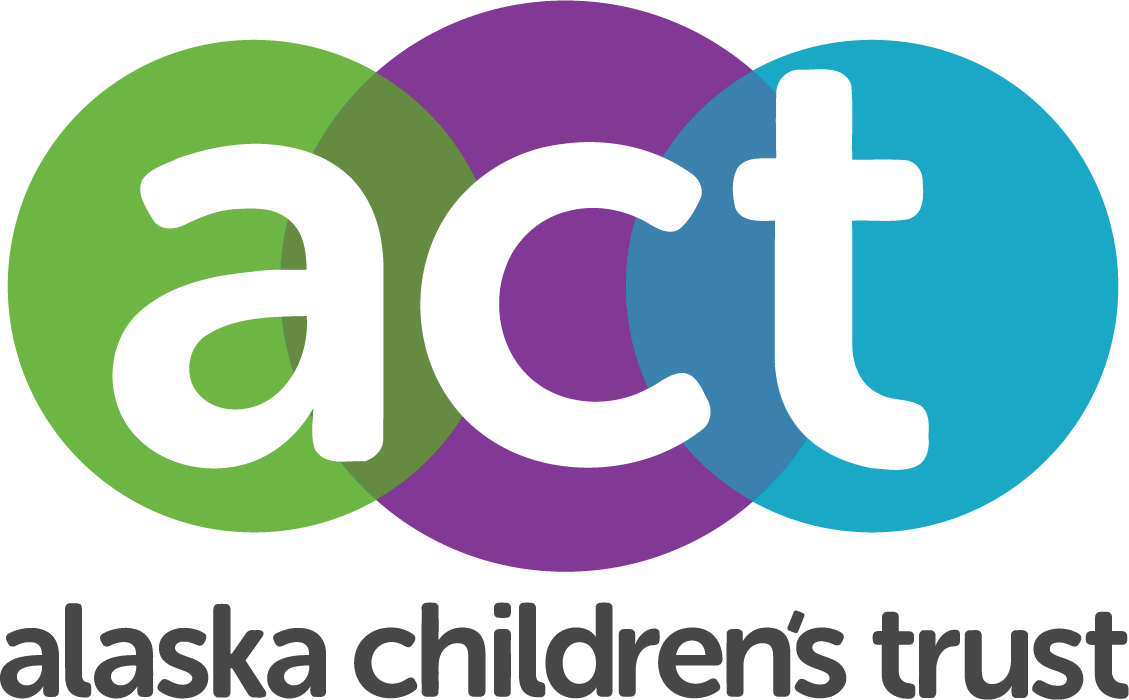Alaska Ranks 38th in Child Well-Being, but Inaccessible, Unaffordable Child Care is Causing Parents to Miss, Quit, or Scale Back Work
Alaskan Economy Loses $165 Million a Year According to U.S. Chamber of Commerce Foundation
ANCHORAGE, ALASKA — Alaska ranked 38th overall for child well-being this year, according to the 2023 KIDS COUNT® Data Book, a 50-state report of recent household data developed by the Annie E. Casey Foundation analyzing how children and families are faring. Alaska’s lack of affordable and accessible child care, made strikingly apparent during the pandemic, remains a front-and-center concern. Alaskans’ ongoing need for child care has consistently short-changed children and caused parents to frequently miss work or even quit their jobs, while those who can find care are paying dearly for it. These child care challenges also cost the Alaska economy millions of dollars a year.
Based on U.S. Department of Labor 2022 estimates, the annual cost of center-based child care for toddlers in Alaska was a whopping $13,046, a number close to the average rent/mortgage payment in many Alaskan communities, and greater than the cost of University of Alaska in-state tuition.
“The data backs what Alaska parents have been feeling for years,” said Alaska Children’s Trust President and CEO Trevor Storrs, Alaska’s KIDS COUNT network affiliate. “Parents are joining waitlists for programs as soon as they become pregnant. They’re seeing soaring costs, and, in some communities, few to no options for licensed or even unlicensed child care.”
The Data Book reports that far too many parents cannot secure child care compatible with their work schedules. In 2020-2021, 12.7% of Alaska children under age 6 lived in families in which someone quit, changed, or refused a job because of problems with child care, just above the national average of 12.6%. Even if parents find an opening at child care near their home, they often cannot afford it. Alaska’s average cost of center-based child care in 2021 for a toddler was $13,046, 11% of the median income of married couples in Alaska, and 33% of a single mother’s.
While the cost of care burdens families, child care workers are still paid less than 98% of other professions. In 2022, the median national pay for child care workers was $28,520 per year or $13.71 an hour, lower than the average wage for both retail ($14.26) and customer service ($18.16) workers. In Alaska, that wage for a child care worker has increased in recent years, with a new median wage of $15.14 in 2022. However, with a difficult job market at hand, the wages are far from competitive.
The failings of the child care market also affect the current and future health of the Alaskan economy, costing $165 million a year in lost wages, productivity and employer revenue, according to the U.S. Chamber of Commerce Foundation.
Each year, the Data Book presents national and state data from 16 indicators across four domains — economic well-being, education, health, and family and community — and ranks the states according to how children are faring overall. This year, the Annie E. Casey Foundation also took a deep dive into child care statistics, given its significant impact on child well-being via tremendous stress on caregivers to both provide for their families and ensure their children are safe and nurtured.
In recent months, there have been solution-oriented efforts at both the state and Anchorage municipal level, but there is much more work to be done. The Alaska State Legislature has shown a commitment to child care, appropriating $7.5 million in new funding to support child care worker wages, $5 million additional for Head Start programs, and $250,000 for home and place-based child care grants. In April, Governor Dunleavy established a Child Care Task Force to better evaluate the complex issues facing the sector, and the Department of Health is pursuing both a cost of care study and child care workforce study. On the local level, Anchorage voters passed Proposition 14, a ballot initiative directing municipal taxes from marijuana sales towards child care and early education. However, fully transitioning from a faltering child care system to creating a flourishing one will take innovative thinking and further investment at the local, state, and national levels.
###
RELEASE INFORMATION
Journalists interested in creating maps, graphs and rankings in stories about the Data Book can use the KIDS COUNT Data Center at datacenter.aecf.org or for assistance, contact Kaila Pfister, ACT Director of Communications, at kpfister@alaskachildrenstrust.org
ABOUT ALASKA CHILDREN’S TRUST
Alaska Children’s Trust (ACT) is the statewide lead organization focused on the prevention of child abuse and neglect. For over thirty years, we have invested resources across Alaska to ensure children live in safe, stable, and nurturing environments.
ABOUT THE ANNIE E. CASEY FOUNDATION
The Annie E. Casey Foundation creates a brighter future for the nation’s young people by developing solutions to strengthen families, build paths to economic opportunity and transform struggling communities into safer and healthier places to live, work and grow. For more information, visit www.aecf.org. KIDS COUNT® is a registered trademark of the Annie E. Casey Foundation.
###



